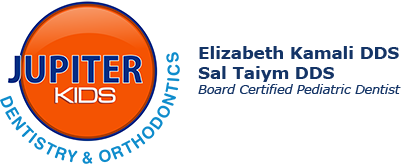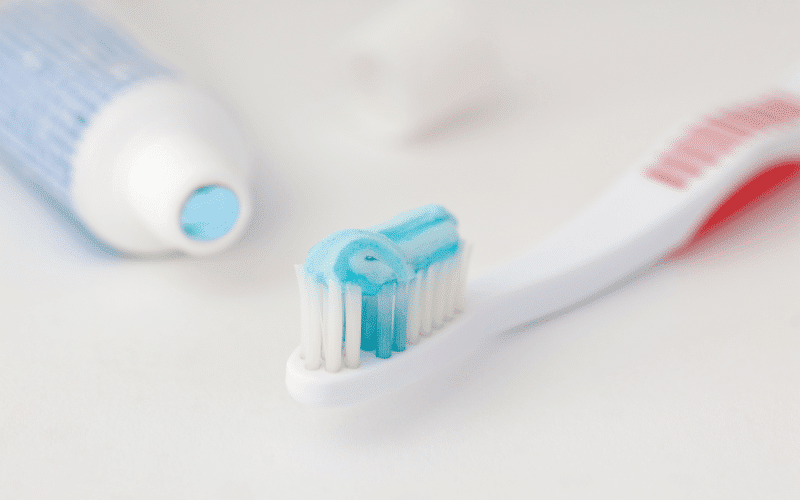Building healthy habits starts early, and oral hygiene is no exception. While brushing and flossing are fundamental, choosing the right toothpaste for your child can make all the difference. From navigating the toothpaste aisle to selecting the perfect toothbrush, this guide equips you with the knowledge needed to make informed decisions for your child’s oral health journey.
Building a Foundation for Healthy Teeth
Children’s teeth are delicate and susceptible to cavities due to their thin enamel. Establishing proper oral hygiene habits early on protects their smiles, not just in childhood but throughout their lives. By creating a positive and engaging brushing and flossing routine, you not only instill healthy habits but also set the stage for a lifetime of good oral health.
Choosing the Right Toothpaste for your child
The toothpaste aisle can be a battlefield, filled with flashy tubes promising everything from superhero smiles to cavity-fighting dragons. But for parents, the battle cry is: “What’s best for my child’s developing teeth?” Here’s a breakdown to help you choose the champion of healthy smiles:
1. Age is the General
- 1-3 years old: Introduce a low-fluoride toothpaste (around 500 ppm). Remember, a rice-sized amount is enough, minimizing the risk of swallowing too much. Avoid abrasive textures that could irritate delicate gums.
- 3-6 years old: Introduce a low-fluoride toothpaste (around 500 ppm). Remember, a pea-sized amount is enough, minimizing the risk of swallowing too much.
- Six years and above For supervised children, you can graduate with regular fluoride toothpaste (around 1000 ppm). This strengthens their developing adult teeth and fights cavities more effectively.
2. Flavor: Friend or Foe?
Make brushing an enjoyable adventure! Choose mild, kid-friendly flavors like strawberry, bubblegum, or a mild mint. Strong, spicy flavors can discourage young brushers, turning a necessary habit into a battle.
3. The ADA Seal: Your Trusted Ally
Look for the American Dental Association (ADA) seal on the toothpaste packaging. This seal signifies that dental professionals have evaluated the product and meet their standards for safety and effectiveness. It’s your assurance that you’re choosing a toothpaste that effectively cleans and protects your child’s developing smile.
Brushing Up on the Best Tools for Tiny Teeth
Now that you’ve chosen the perfect toothpaste let’s explore the world of toothbrushes specifically designed for children:
- Size and Grip: Select a toothbrush with a small head and soft bristles. This ensures easy maneuvering in a smaller mouth and gentle cleaning on delicate gums.
- Handle: Choose a comfortable, easy-to-grip handle that encourages independent brushing. Consider fun shapes or characters to make brushing more engaging.
- Manual vs. Electric: Both manual and electric toothbrushes can be effective. Manual brushes encourage good brushing techniques, while electric brushes can motivate children and remove plaque more efficiently.
Additional Tools for a Sparkling Smile
While brushing twice a day is the cornerstone of good oral hygiene, maintaining a healthy smile requires additional support. Here’s how some key tools can complement your brushing routine and keep your teeth and gums happy:
- Flossing: Flossing becomes particularly important as teeth become more crowded, usually around the age of 8. This is because brushing alone can’t reach the plaque and food particles that accumulate between teeth, which can contribute to cavities and gum disease. Flossing helps remove these hidden threats, leaving your smile squeaky clean.
- Mouthwash: While mouthwash can be a refreshing way to rinse your mouth, it’s only sometimes necessary for young children. Some mouthwashes can contain harsh ingredients that irritate developing gums. Before introducing mouthwash to your child’s routine, consult your dentist for personalized advice.
Making Brushing Time Fun and Effective
Brushing and flossing might be a more exciting activity, especially for young children. But these habits are crucial for maintaining healthy teeth and gums throughout life. The key lies in transforming brushing time from a chore into a positive and engaging experience. Here are some insightful tips to make it happen:
- Build a Consistent Routine: Establish a twice-daily brushing routine, morning and night, for two minutes each time. Similarly, make flossing a nightly ritual before bedtime. Consistency is vital to solidify these habits into an automatic part of your child’s day.
- Make it Musical: Time flies when you’re having fun. Use a two-minute timer and sing songs or play music while brushing. This not only makes the time pass more quickly but also adds an element of fun and distraction. You can even create a silly brushing song with your child to make it even more memorable.
- Brush Together, Bond Together: Brush alongside your child, demonstrating the proper brushing technique. This allows you to monitor their progress, ensure they’re reaching all areas of their mouth, and gently guide them if needed. More importantly, it creates a bonding experience, turning brushing into a shared activity rather than a solitary task.
Choosing the right toothpaste for your child will build the foundation for a lifetime of good oral health. By fostering a positive and engaging brushing experience, you not only protect their developing smiles but also instill valuable habits that benefit them well into adulthood. Remember, regular dental checkups are vital for early detection and prevention of potential oral health issues. Schedule regular appointments with a pediatric dentist to ensure your child’s smile thrives for years to come.


